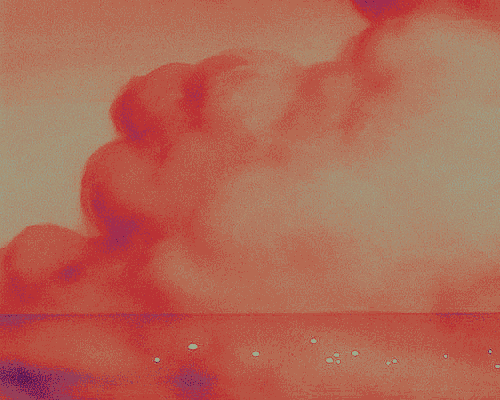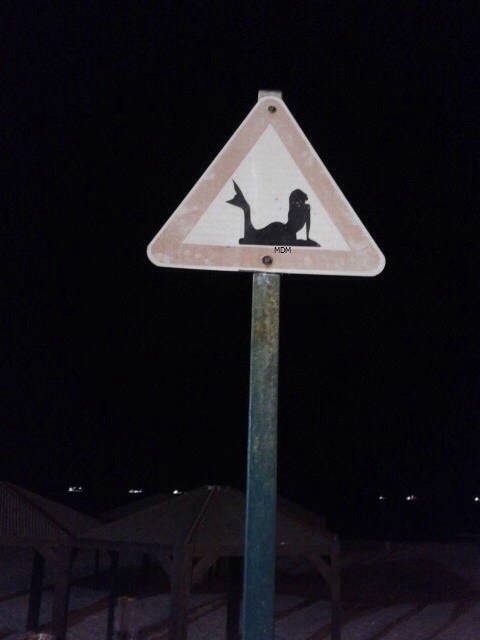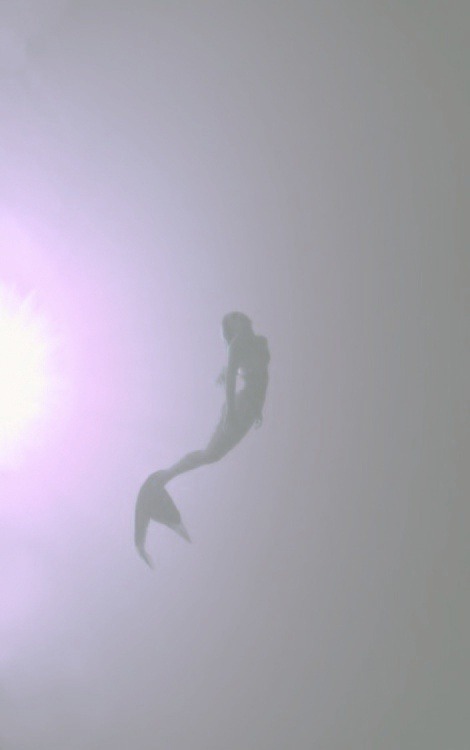Hello Cuddlefish! Have you come to hear The Catfish Band play? ~Proud Member of CAFRP~
Don't wanna be here? Send us removal request.
Photo
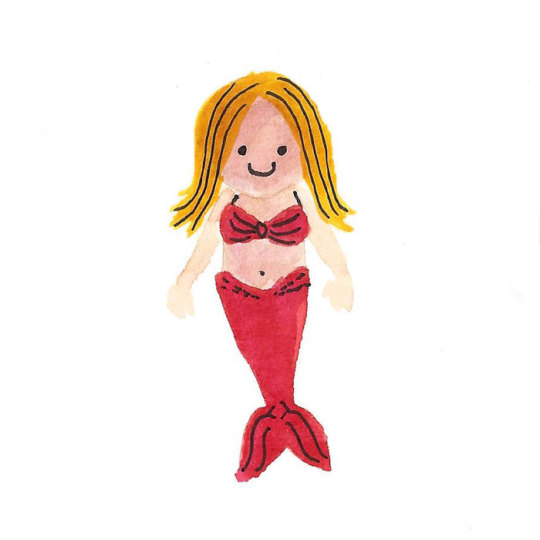
7 Days of Tiny Mermaids: Day 5
63 notes
·
View notes
Photo
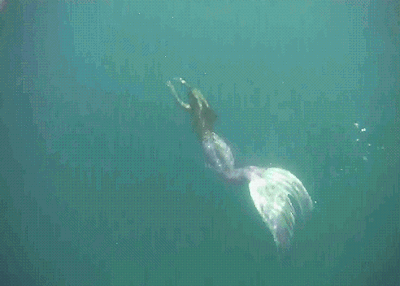
Dnd | via Tumblr unter We Heart It.
106 notes
·
View notes
Photo

bethyl week | day 4 07/17: enchanted // glass - thompson square
❧ this night is sparkling, don’t you let it go i’m wonderstruck, blushing all the way home i’ll spend forever wondering if you knew i was enchanted to meet you
142 notes
·
View notes
Photo
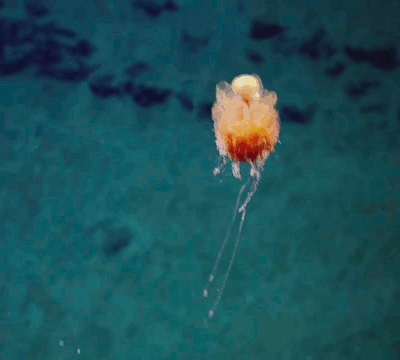

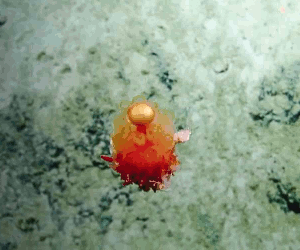
Here’s a sweet little siphonophore bobbing around in the deep sea!
Siphonophores are members of the phylum Cnidaria, like jellyfish, sea anemones and corals.
They’re colonial animals. What you see here is not one, single individual, but an entire army of sea anemones and jellyfish all stuck together.
The sea anemones (or polyps) are at the bottom and use their stinging tentacles to catch food.
The jellyfish (or medusae) are at the top, where they pulse and beat away so that the whole gang can get around.
The Golden Horde is back! And this time they’re kinda cute.
…Video: Inner Space Centre
2K notes
·
View notes
Photo




Sea Pens are located in oceans all over the world in a variety of colours and have fossils dating back to the Burgess Shale.
Despite their plant-like appearance and lack of movement, they are actually a community of organisms living together in each organism; with different regions being responsible for a function such as filtration, reproduction and feeding. These are also able to be kept in aquariums but are very difficult to care for.
4K notes
·
View notes
Photo

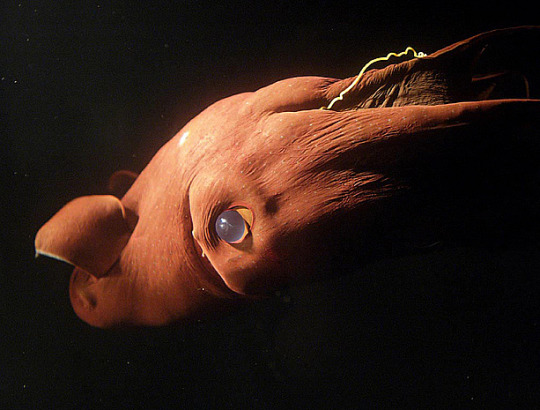
Vampire Squid (Vampyroteuthis infernalis)
Taxonomy: The Vampyroteuthis infernalis, literally translates to “vampire squid from hell” was first described in 1903 and was thought to be an octopus with eight arms. Subsequent sightings of it showed two additional arms were discovered tucking into pockets. It is currently, the only animal in the order Vampyromorphida, an order “in between” octopus and squid, mainly due to the addition of sensory filaments believed to be used for finding food in the deep sea.
Characteristics: V. infernalis is most commonly known for its jet-black skin, the “cape” webbed skin between the arms and eyes that appear blood red at times. It has excellent predator avoidance behavior, including the ability to invert itself, exposing suckers and cirri, making it look as though it is covered in spines. V. infernalis also has light organs on the tip of each arm and at the base of its fins. The animal will begin to glow and wiggle about while also expelling mucus containing “thousands of glowing spheres of blue bioluminescent light.” While this mucus is being expelled, the vampire squid escapes.
Size: Average size for V. infernalis is between 25 – 30 cm (9-12 inches). For its size, the vampire squid has the largest eyes of any animal in the world; approximately the size of a wolf or full-grown dog.
Distribution and habitat: V. infernalis lives in the oxygen minimum layer (600-800 m depth) because it is highly effective at removing oxygen from the water due to a pigment that easily binds oxygen (hemocyanin). It also has a very low metabolic rate and high gill surface areas. Specimens have been collected from tropical and subtopical waters worldwide.
Photos: (1,2)
6K notes
·
View notes
Photo

Deep sea monster as a jewelry for added coolness!
Tentacle ring by OctopusMe
6K notes
·
View notes
Photo

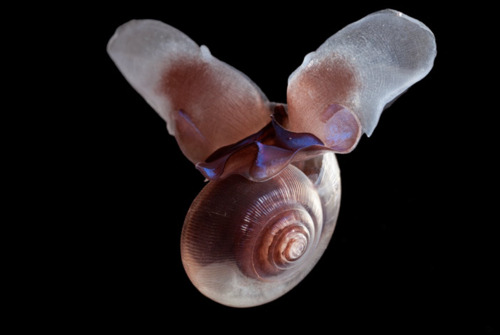

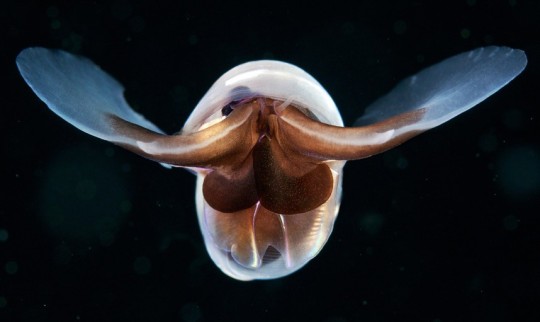
The Butterfly Snail (Limacina helicina) is a species of predatory swimming marine snail. They are a keystone species within Arctic pelagic ecosystems and are currently under serious threat.
They are being impacted by Ocean Acidification, due to pollution the ocean waters are becoming too acidic for survival. The corrosive waters off the West Coast of the U.S are dissolving the shells of these unique creatures and inevitably killing them. The decline of these will have major flow on effects to major marine ecosystems.
12K notes
·
View notes
Photo

Species in the Rhinochimaera family are known as long-nosed chimaeras. Their unusually long snouts (compared to other chimaeras) have sensory nerves that allow the fish to find food. Also, their first dorsal fin contains a mildly venomous spine that is used defensively. They are found in deep, temperate and tropical waters between 200 to 2,000 m in depth, and can grow to be up to 140 cm (4.5 ft) in length.
Chimaeras (also known as ghost sharks and ratfish) are an order of cartilaginous fish most closely related to sharks, but they have been evolutionarily isolated from them for over 400 million years.
(Info from WP and .gif from video by NOAA’s Okeanos Explorer—this is not an animation!)
10K notes
·
View notes

